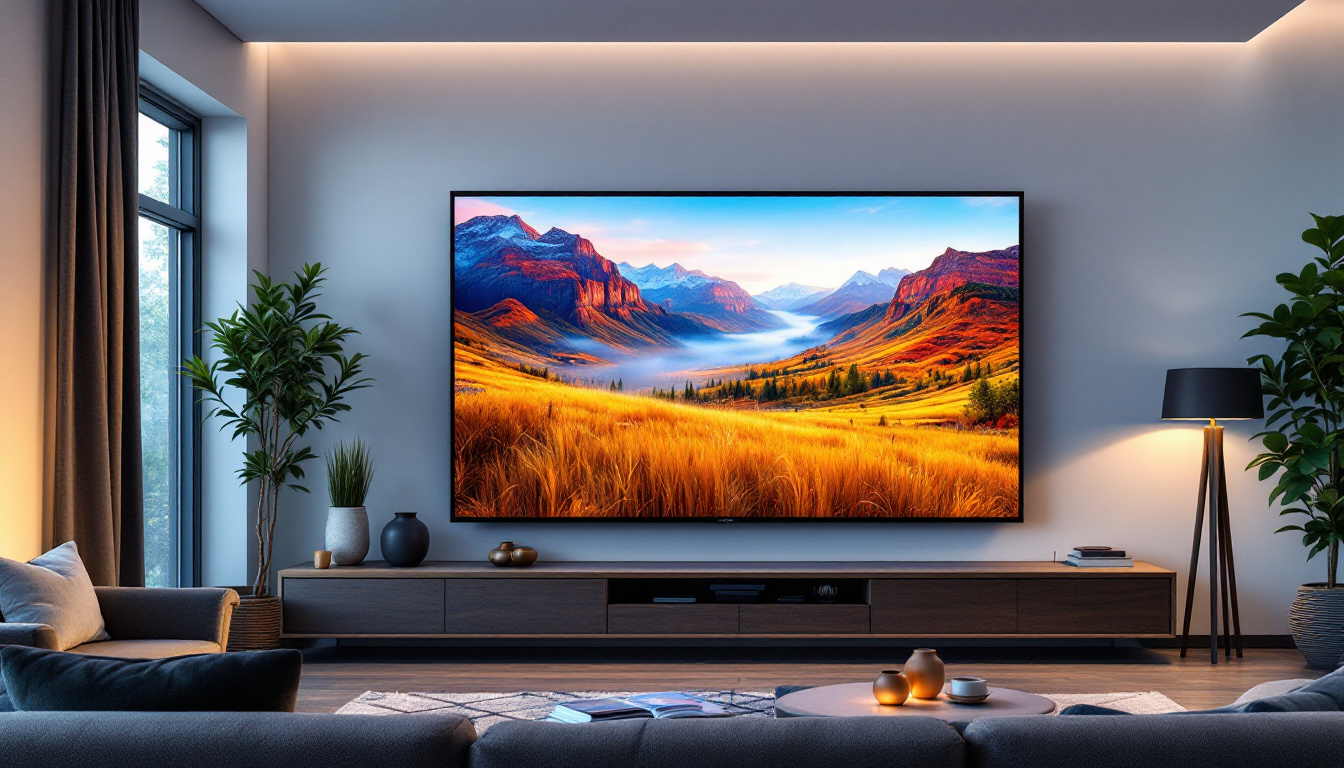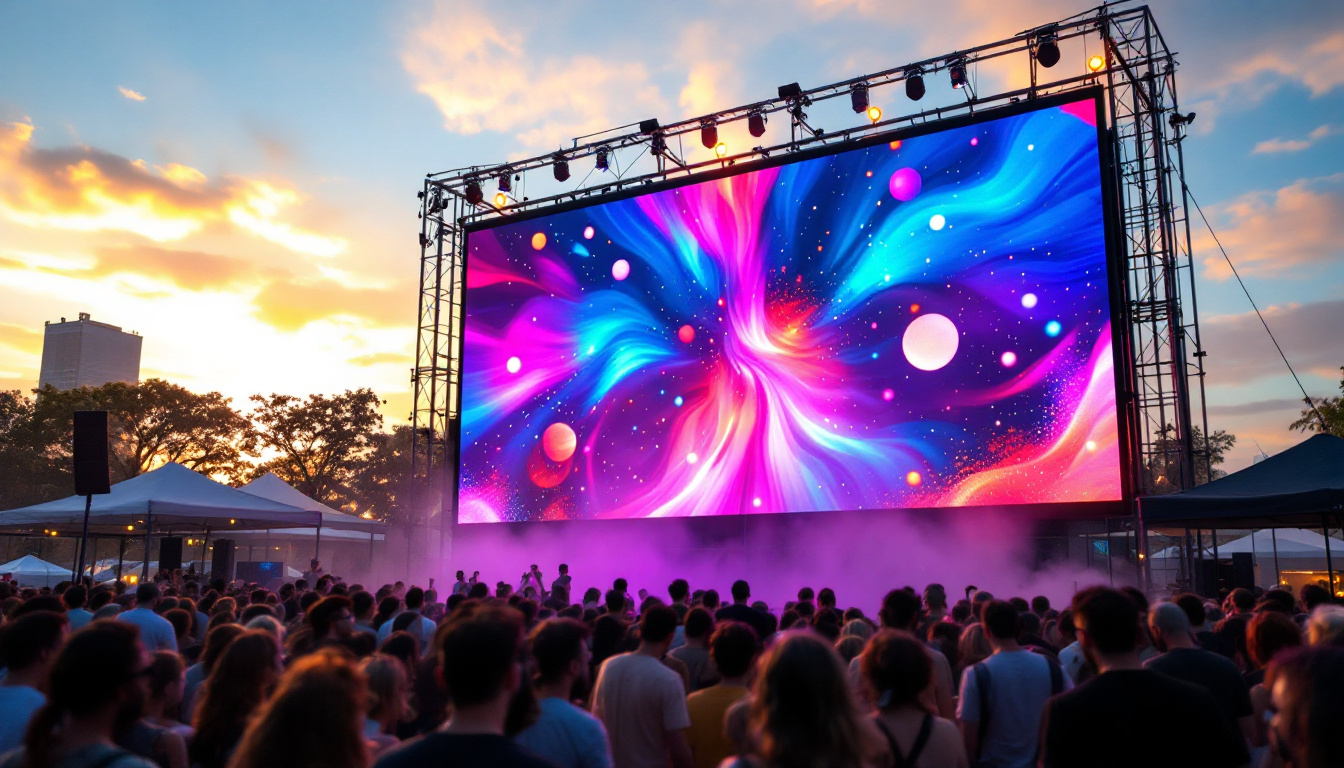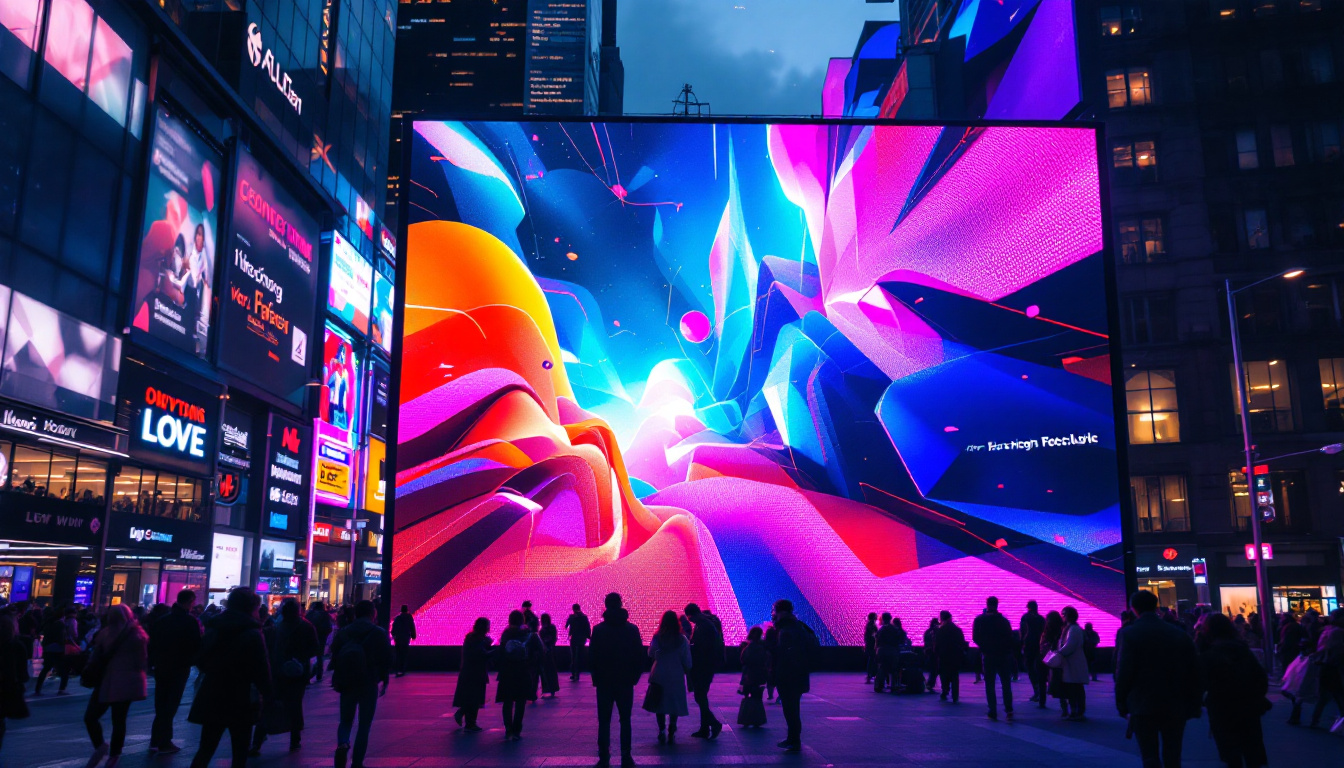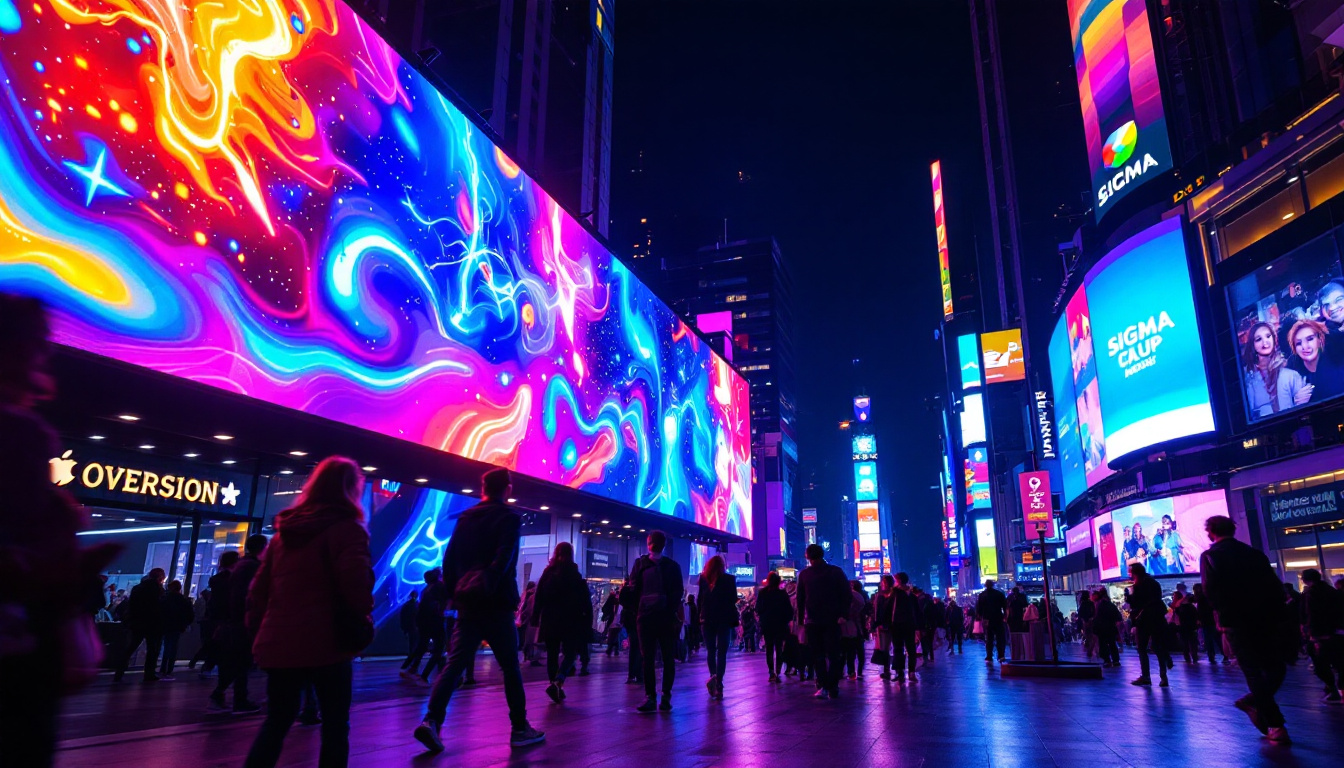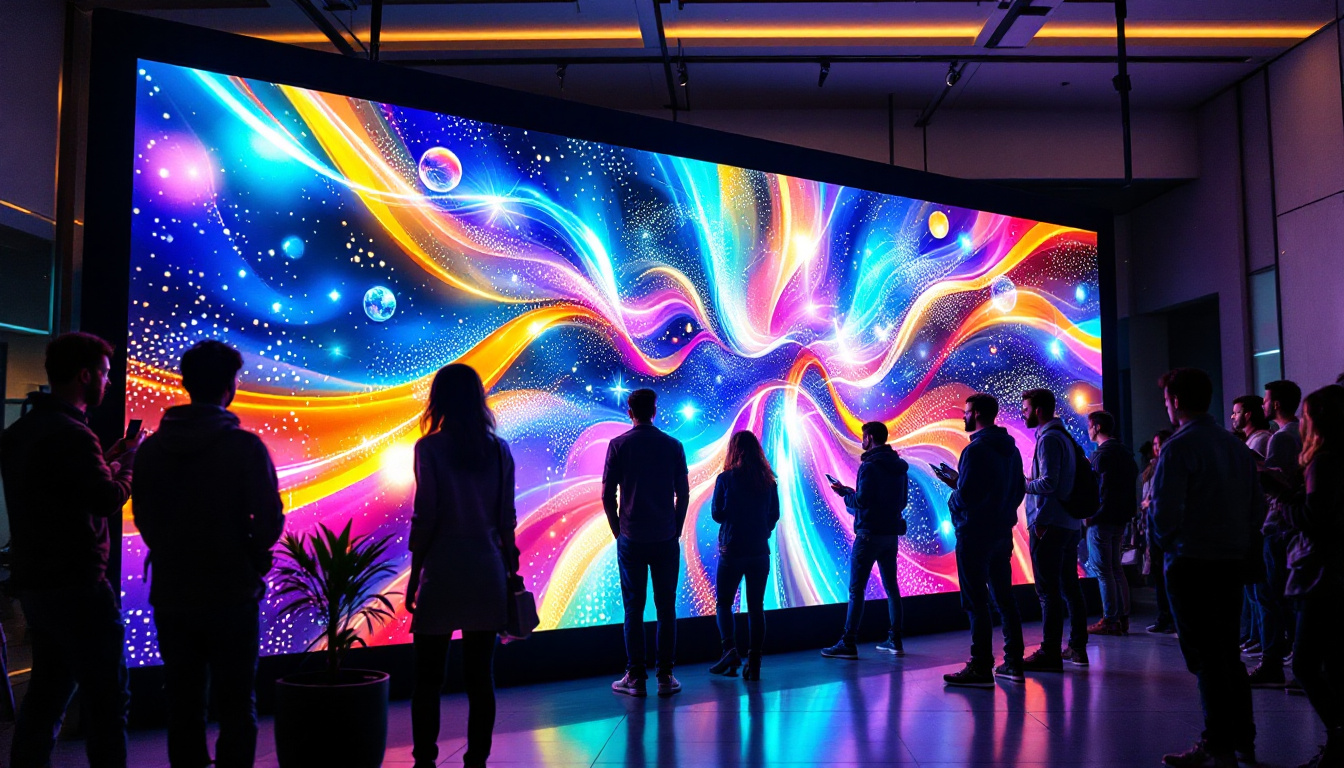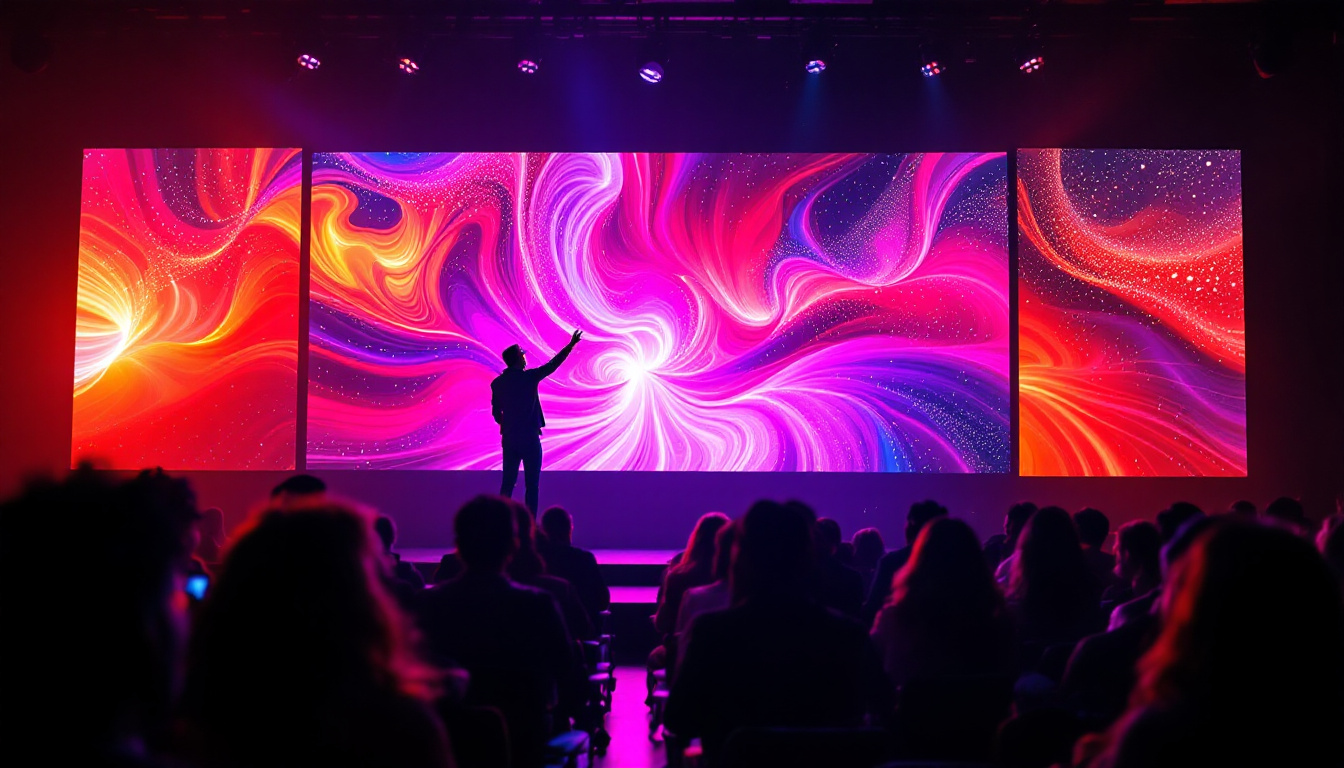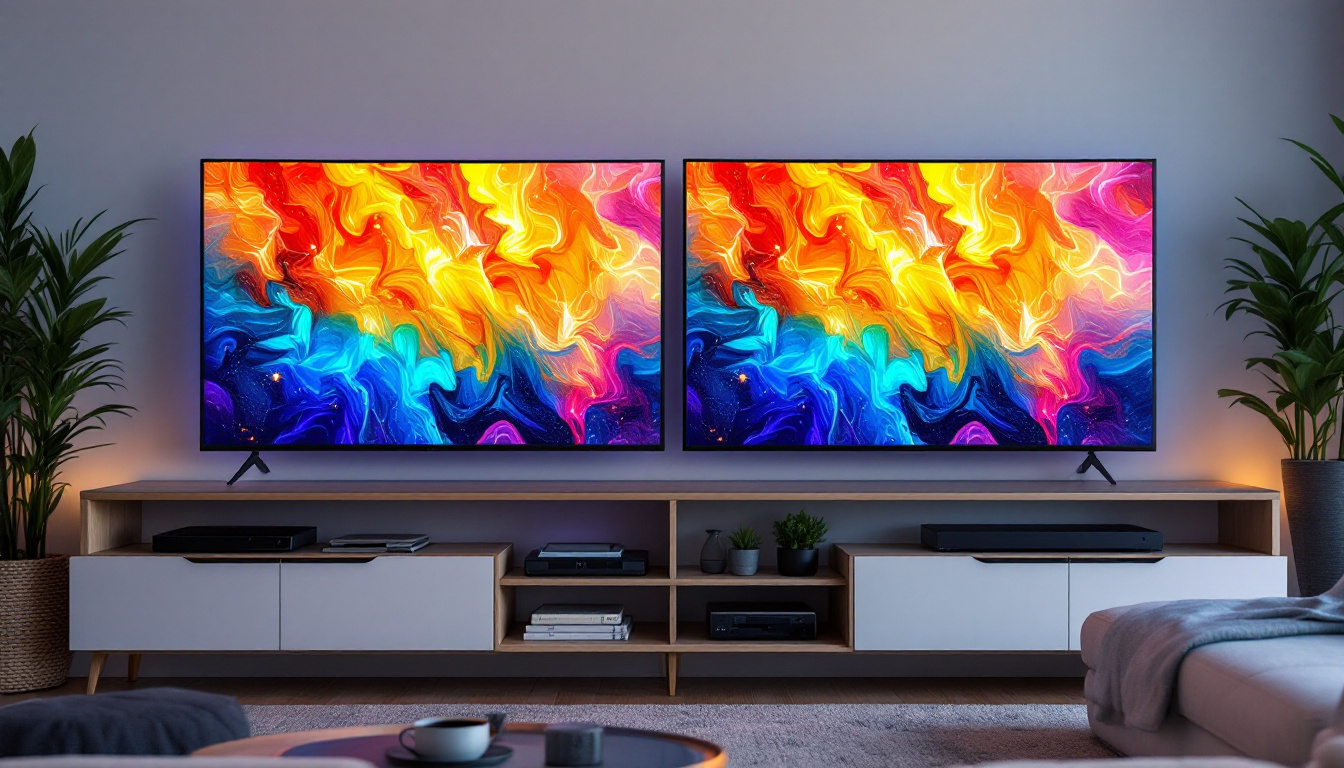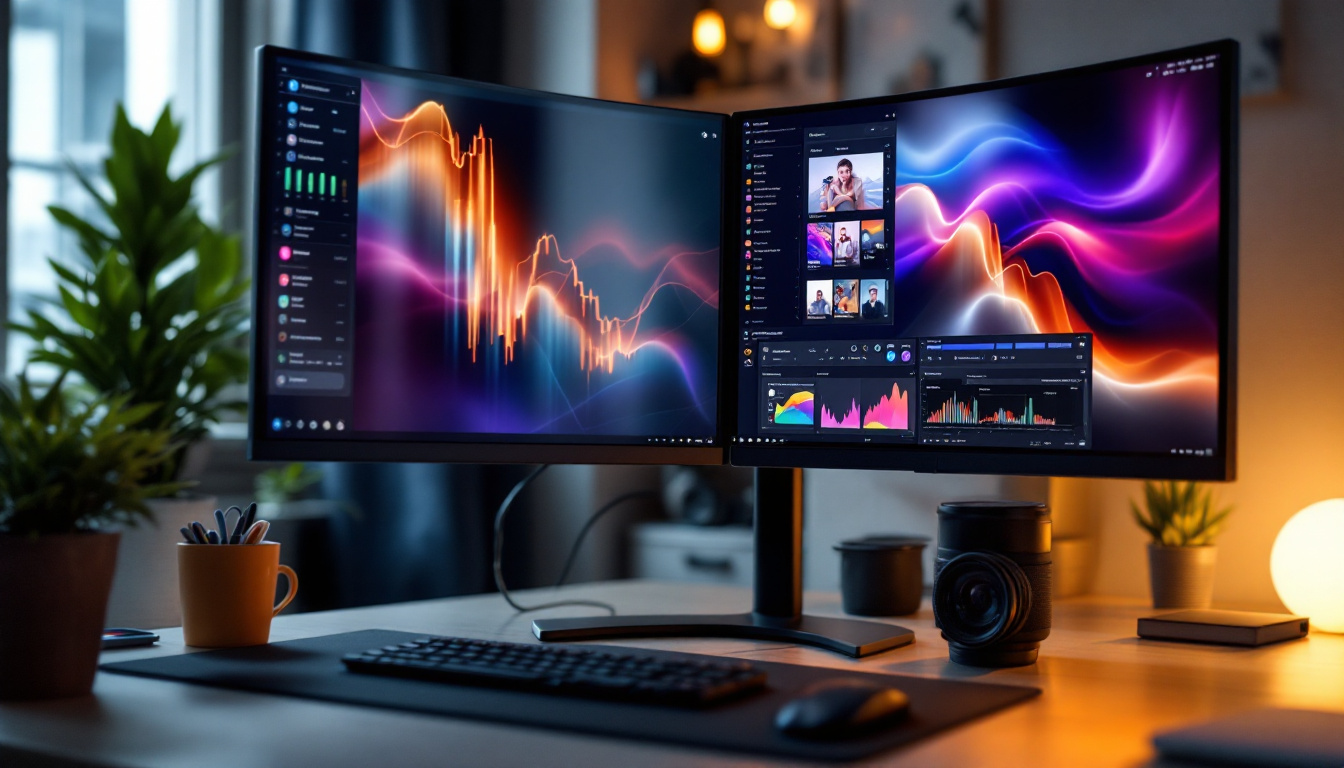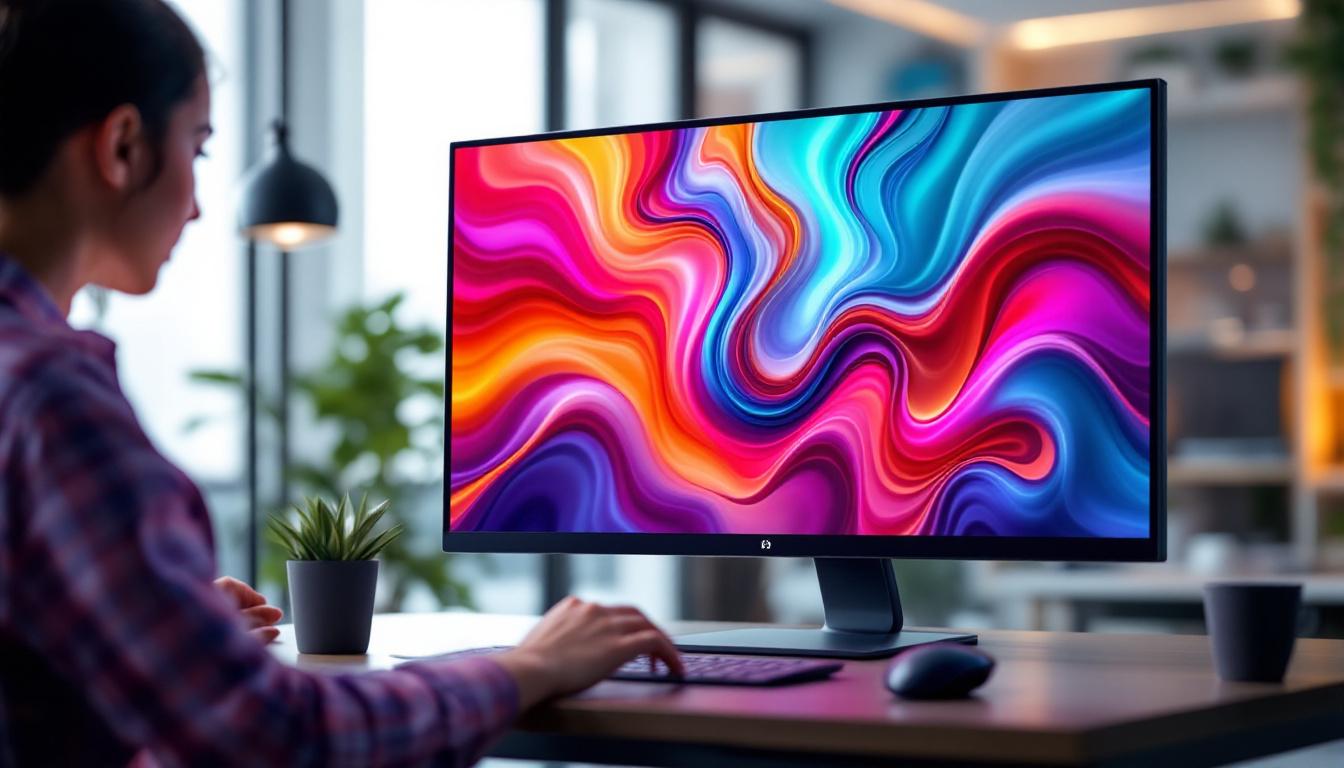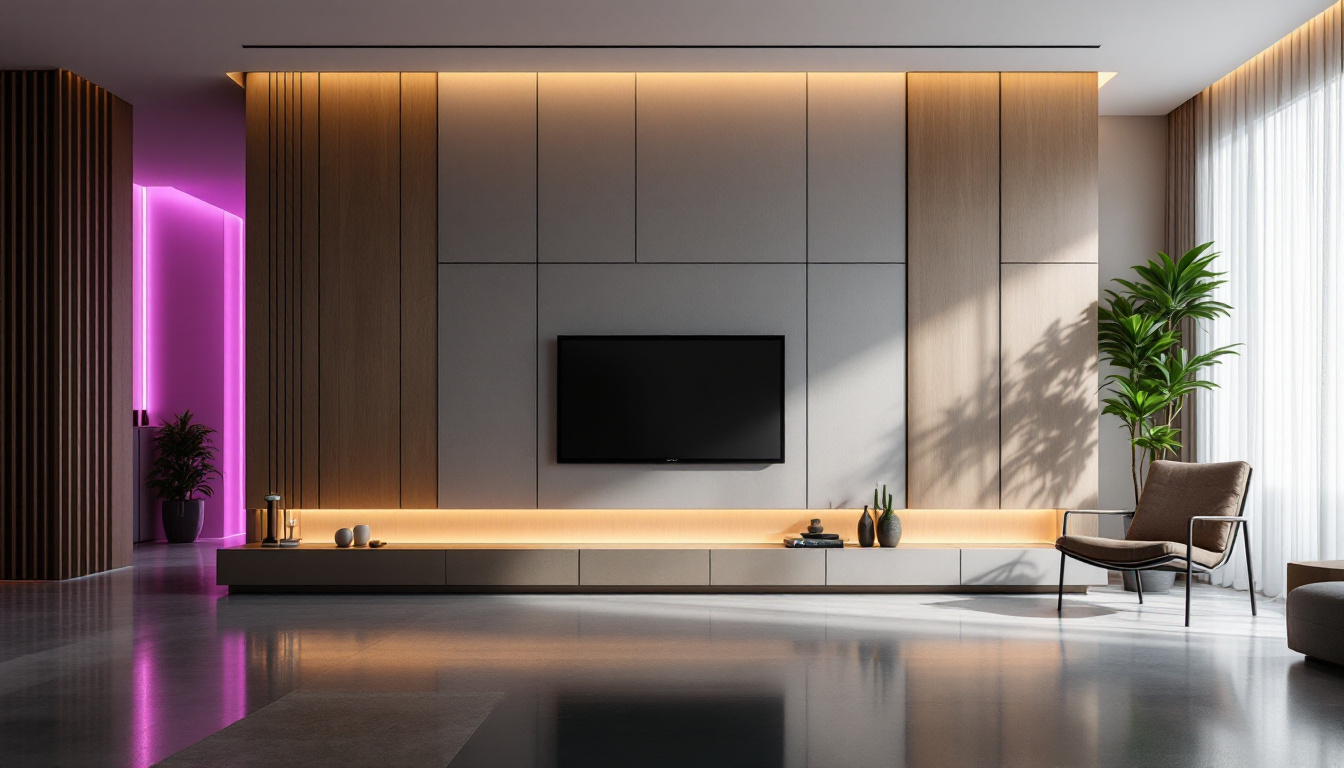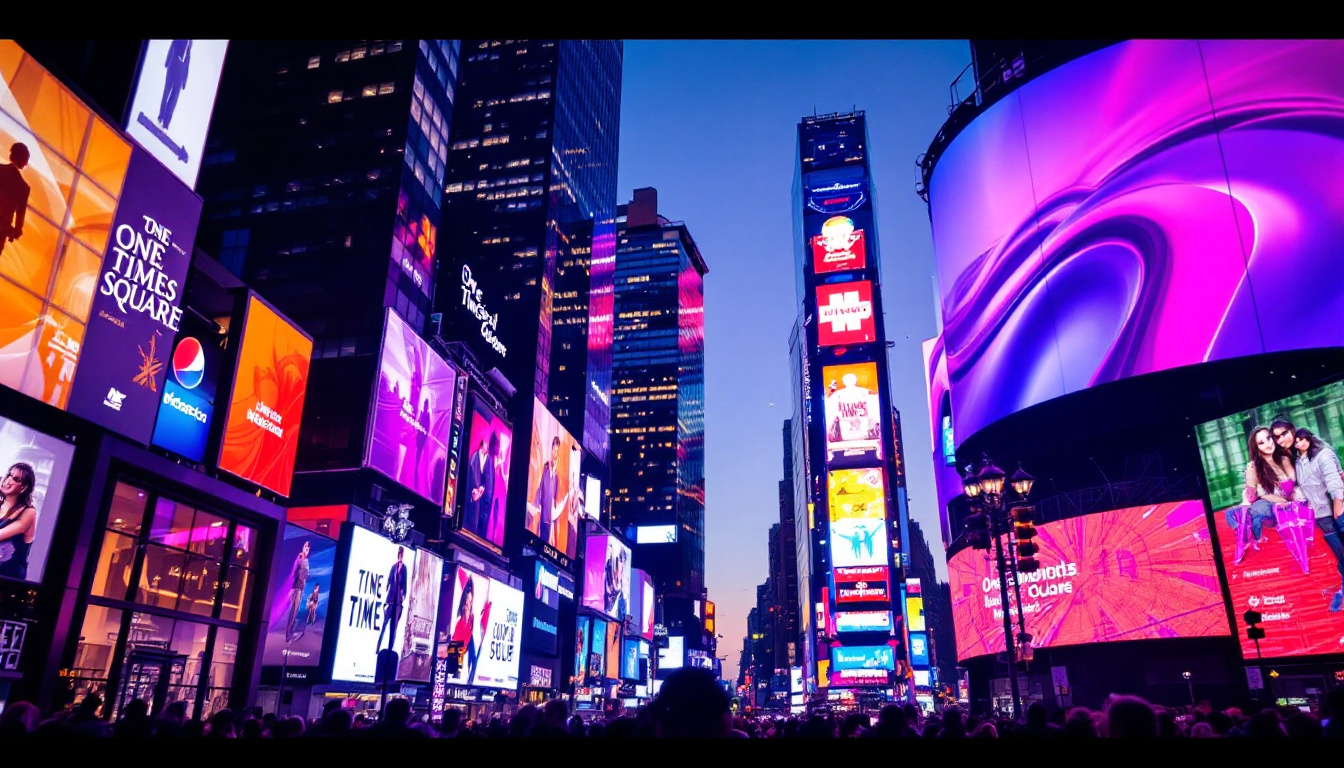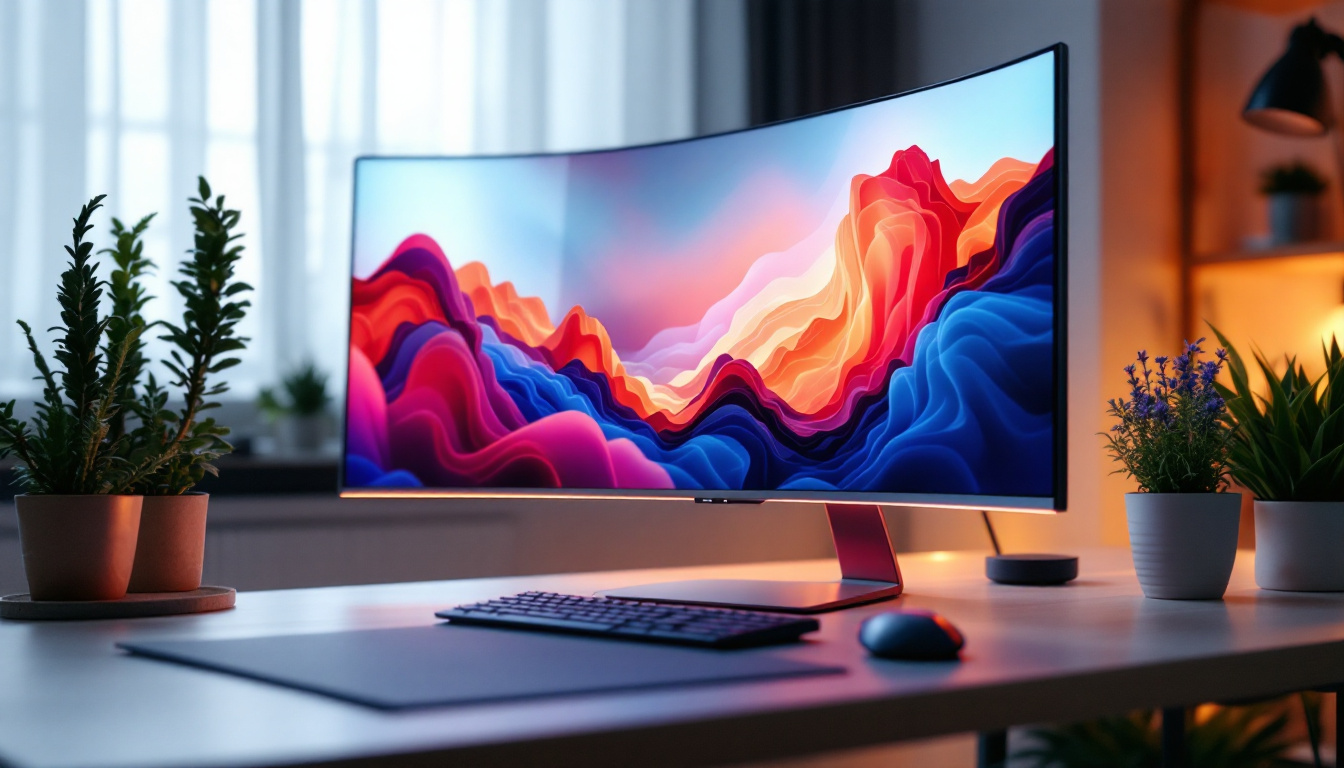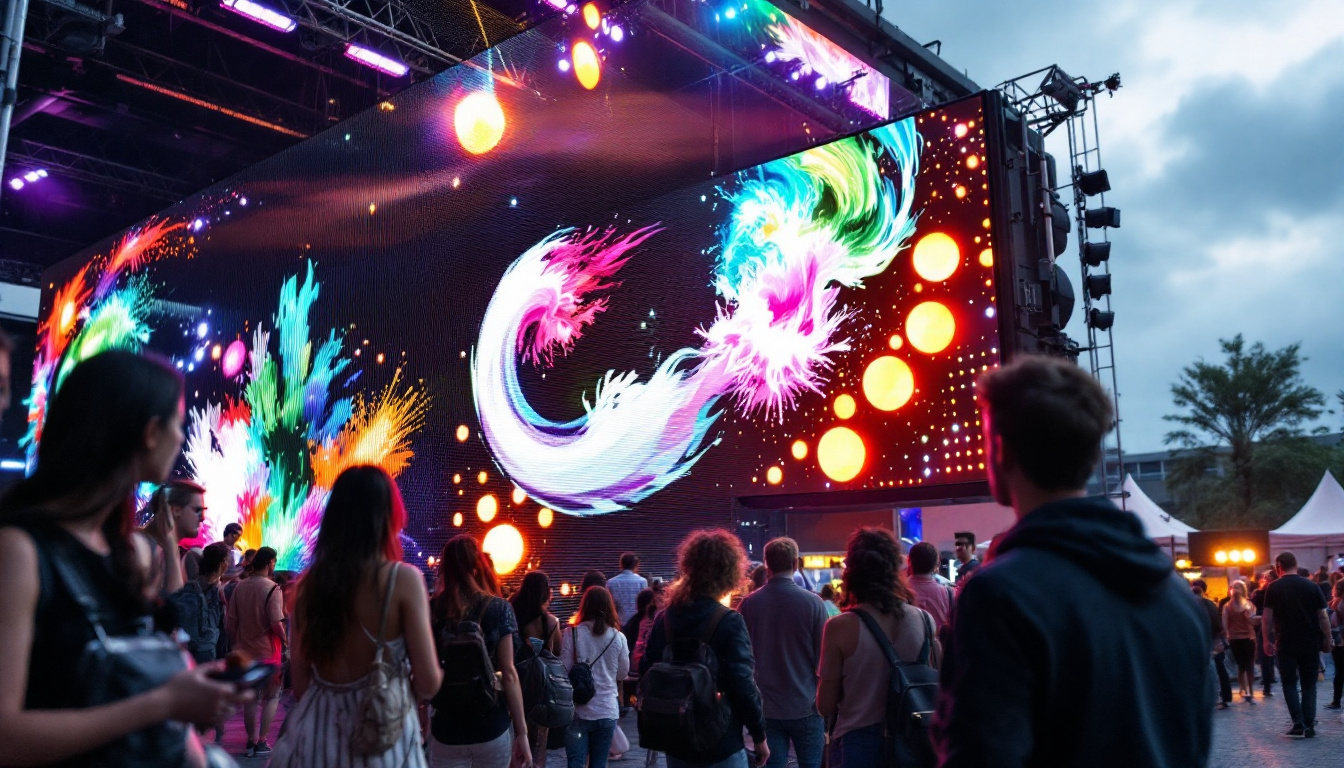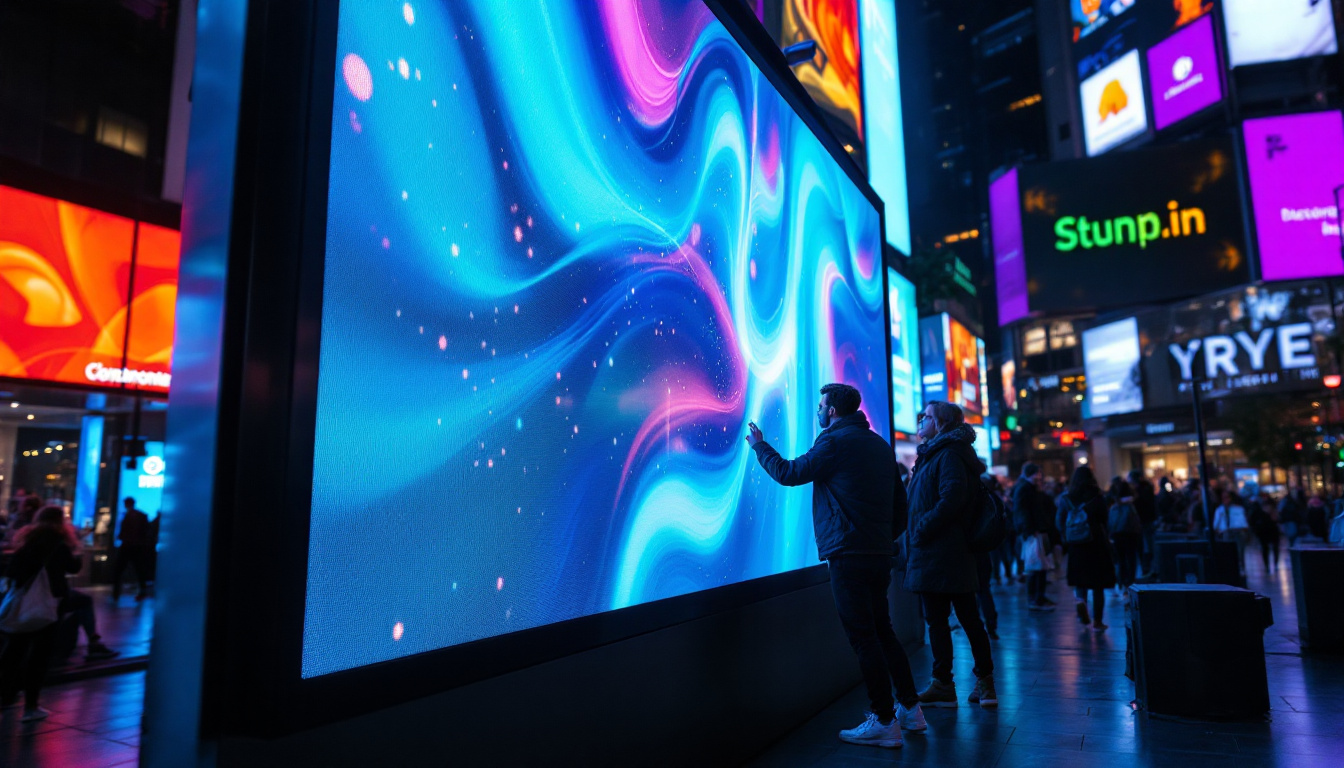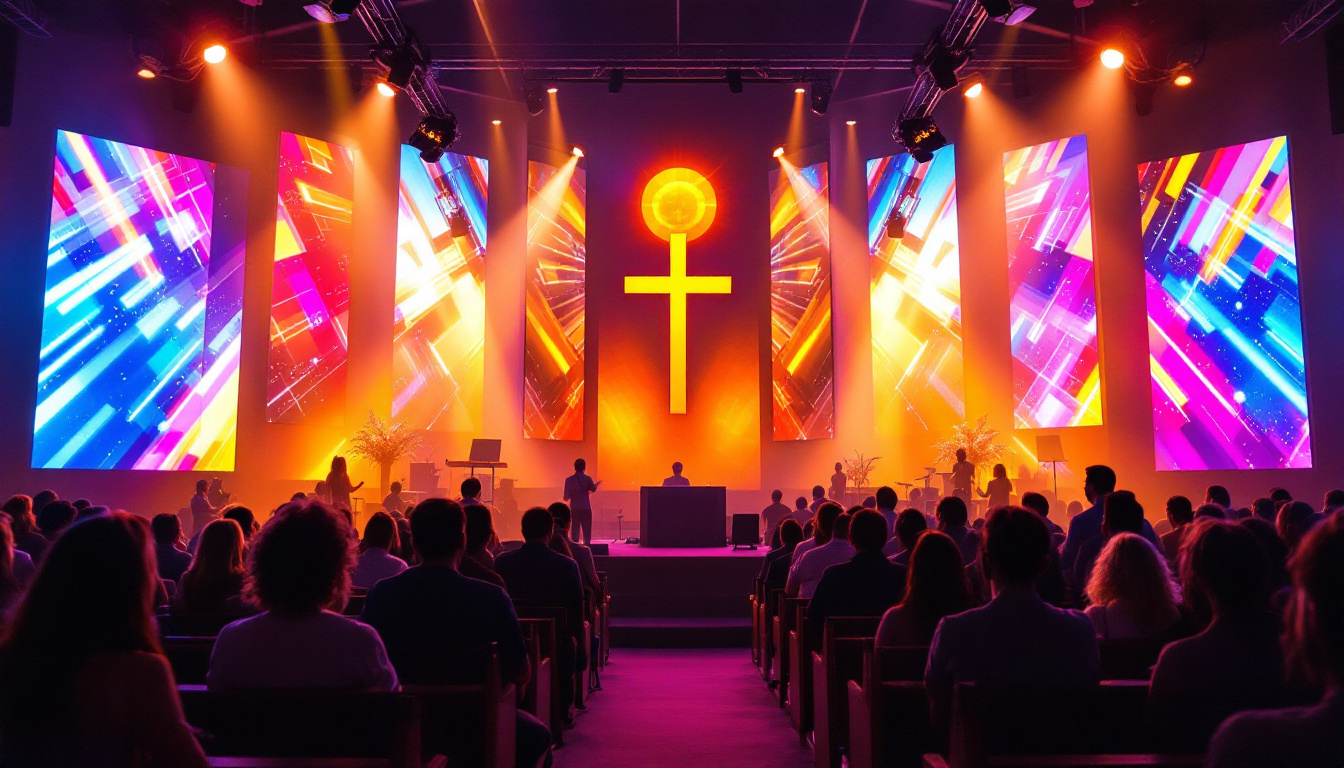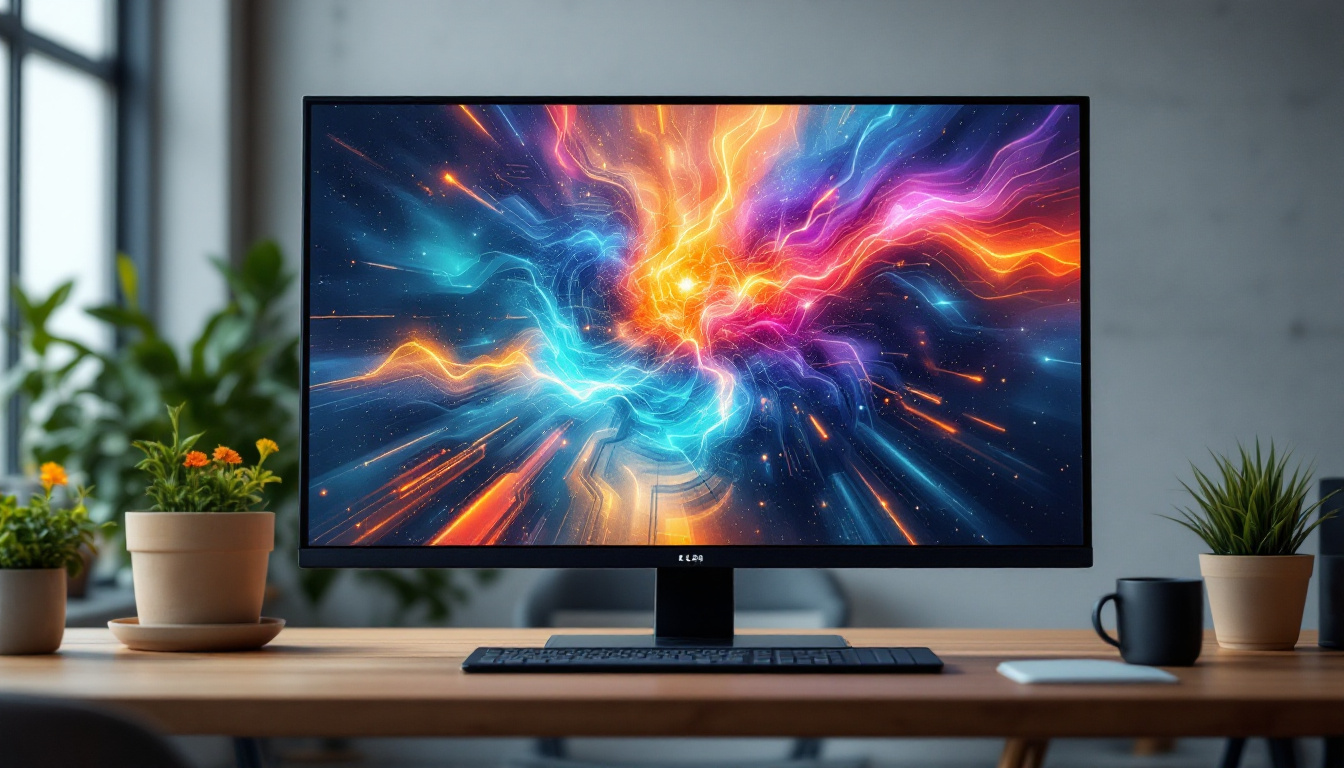Largest Rear Projection TV: LED Display Explained
In the world of home entertainment, the evolution of television technology has been nothing short of remarkable. Among the various types of displays available, rear projection TVs have carved out a unique niche, particularly when combined with LED technology. This article delves into the largest rear projection TVs, exploring their features, advantages, and the technology that powers them.
Understanding Rear Projection Technology
Rear projection TVs utilize a different approach compared to traditional front projection systems. In these setups, the image is projected onto the back of a translucent screen, allowing viewers to see the content from the front. This technology has evolved significantly over the years, leading to the development of larger and more advanced models. In fact, many modern rear projection systems are designed to fit seamlessly into home decor, often resembling sleek furniture pieces rather than traditional bulky television sets. This aesthetic appeal has contributed to their popularity in contemporary living spaces.
How Rear Projection Works
The core of rear projection technology lies in its use of light sources and projection methods. Typically, these TVs employ a combination of mirrors and lenses to project images from a light source, such as a lamp or LED, onto a screen. The light passes through the screen, creating a vibrant image that can be viewed from various angles. This multi-angle viewing capability is particularly beneficial for gatherings, as it allows multiple viewers to enjoy the same high-quality image without distortion or loss of clarity.
Unlike traditional LCD or OLED displays, rear projection TVs can achieve larger screen sizes without compromising on picture quality. This is particularly advantageous for home theaters or large living spaces where a massive screen can enhance the viewing experience. Additionally, many rear projection models come equipped with advanced features like built-in sound systems and smart technology integration, allowing users to stream content directly from their devices, further enriching the overall entertainment experience.
Types of Rear Projection Displays
There are several types of rear projection technologies, each with its unique characteristics. The most common include DLP (Digital Light Processing), LCD (Liquid Crystal Display), and LCoS (Liquid Crystal on Silicon). Each type has its strengths and weaknesses, influencing factors such as brightness, contrast, and color accuracy. Understanding these differences can help consumers make informed decisions based on their specific viewing needs and environments.
DLP technology, for instance, is known for its sharp images and high brightness levels, making it suitable for well-lit environments. This feature is particularly advantageous for daytime viewing, where ambient light can often wash out images on other types of displays. On the other hand, LCoS offers superior color accuracy and contrast, making it a favorite among cinephiles who prioritize picture quality. Furthermore, the advancements in these technologies have led to improved color reproduction and reduced motion blur, enhancing the overall viewing experience for action-packed movies and sports events. As a result, rear projection displays continue to carve out a niche in the competitive landscape of home entertainment systems, appealing to a diverse range of consumers seeking quality and innovation.
The Rise of LED in Rear Projection TVs
LED technology has revolutionized the display industry, and its integration into rear projection TVs has further enhanced their performance. LED backlighting offers several advantages over traditional lamp-based systems, including improved energy efficiency, longer lifespan, and better color reproduction.
Benefits of LED Technology
One of the most significant benefits of LED technology is its ability to produce brighter images. This is particularly important in rear projection setups, where ambient light can affect the visibility of the projected image. LED displays can maintain clarity and vibrancy even in well-lit rooms, making them a versatile choice for various viewing environments.
Additionally, LED technology allows for finer control over color and contrast. By utilizing a wider color gamut, LED rear projection TVs can deliver more accurate and lifelike images, enhancing the overall viewing experience.
Energy Efficiency and Longevity
In an age where energy consumption is a growing concern, LED technology stands out for its efficiency. Compared to traditional projection lamps, LED sources consume significantly less power while delivering comparable or superior brightness levels. This not only reduces energy bills but also minimizes the environmental impact of using such devices.
Moreover, LED lights have a much longer lifespan than conventional lamps, often lasting tens of thousands of hours. This longevity translates to less frequent replacements and lower maintenance costs, making LED rear projection TVs a practical choice for consumers.
Exploring the Largest Rear Projection TVs
As technology has advanced, manufacturers have pushed the boundaries of screen size in rear projection TVs. The largest models available today offer impressive dimensions, creating an immersive viewing experience that rivals commercial cinema setups.
Notable Models and Their Features
Several manufacturers have released large rear projection TVs that stand out in the market. For instance, models boasting screen sizes of 100 inches or more have become increasingly popular among enthusiasts seeking a cinematic experience at home. These models often feature advanced processing technology to enhance image quality and provide a seamless viewing experience.
In addition to size, many of these TVs come equipped with smart features, allowing users to access streaming services, browse the internet, and connect with other devices. This integration of technology not only enhances usability but also ensures that these large displays remain relevant in an ever-evolving digital landscape.
Comparing Screen Sizes
When considering the largest rear projection TVs, it is essential to understand how screen size impacts the viewing experience. A larger screen can create a more immersive atmosphere, especially for movies and gaming. However, it is crucial to balance size with the viewing distance to avoid strain on the eyes.
For example, a 100-inch screen may require a viewing distance of at least 10 feet for optimal clarity and comfort. Consumers should also consider the layout of their space, ensuring that the TV fits well within the room while providing an enjoyable viewing experience.
Installation and Setup Considerations
Setting up a large rear projection TV involves several considerations to ensure optimal performance and viewing comfort. Proper installation can significantly enhance the overall experience, making it essential for consumers to pay attention to various factors.
Space Requirements
One of the primary considerations when installing a rear projection TV is the available space. These models typically require more depth than traditional flat-screen TVs, as the projection mechanism needs room to operate effectively. Ensuring that there is adequate space behind the TV for ventilation and projection is crucial.
Additionally, the placement of seating in relation to the screen size plays a vital role in the overall experience. Consumers should evaluate their room layout and determine the best positioning to achieve an optimal viewing angle.
Screen and Wall Considerations
The choice of screen material and wall color can also impact the viewing experience. A high-quality screen can enhance brightness and contrast, while a light-colored wall may reflect unwanted light, affecting image quality. Darker walls are generally recommended for rear projection setups to minimize reflections and enhance contrast.
Furthermore, the installation of the TV itself should be done with precision. Ensuring that the screen is level and properly aligned can prevent distortion and provide a more enjoyable viewing experience.
Challenges of Rear Projection TVs
Despite their many advantages, rear projection TVs are not without challenges. Understanding these limitations can help consumers make informed decisions when considering their home entertainment options.
Viewing Angle Limitations
One of the primary drawbacks of rear projection technology is the limited viewing angles. While many models have improved in this regard, some still suffer from color and brightness degradation when viewed from extreme angles. This can be a concern in larger rooms where seating may not be directly in front of the screen.
To mitigate this issue, consumers should consider their seating arrangements and ensure that the primary viewing positions are within the optimal range for the TV model they choose.
Maintenance and Care
Although LED rear projection TVs require less maintenance than their lamp-based counterparts, they still necessitate some care to ensure longevity. Regular cleaning of the screen and the surrounding area can prevent dust buildup, which can affect image quality.
Additionally, ensuring proper ventilation is crucial to prevent overheating. Consumers should be mindful of the environment in which the TV is placed, avoiding enclosed spaces that may hinder airflow.
Future of Rear Projection TVs
The future of rear projection TVs appears promising as technology continues to evolve. With advancements in LED technology, projection methods, and smart features, these devices are likely to remain relevant in the ever-changing landscape of home entertainment.
Emerging Technologies
As manufacturers explore new technologies, the potential for enhanced picture quality and user experience grows. Innovations such as 8K resolution, improved color accuracy, and AI-driven image processing are on the horizon, promising to elevate the capabilities of rear projection TVs.
Moreover, the integration of smart home technology is likely to become more prevalent, allowing for seamless connectivity and control over various devices. This trend will further enhance the versatility and appeal of rear projection TVs in modern homes.
Consumer Trends
As consumers continue to seek larger and more immersive viewing experiences, the demand for rear projection TVs is expected to grow. The combination of size, picture quality, and advanced features makes these devices an attractive option for home theaters and entertainment spaces.
Additionally, as more people embrace streaming services and digital content, the need for versatile display options will only increase. Rear projection TVs, with their ability to deliver large, vibrant images, are well-positioned to meet this demand.
Conclusion
The largest rear projection TVs equipped with LED technology offer an impressive combination of size, picture quality, and energy efficiency. As technology continues to advance, these devices are likely to become even more appealing to consumers seeking an immersive viewing experience at home.
Understanding the intricacies of rear projection technology, the benefits of LED integration, and the considerations for installation can empower consumers to make informed decisions. As the landscape of home entertainment evolves, rear projection TVs remain a viable option for those looking to enhance their viewing experience.
Discover the Future of Home Entertainment with LumenMatrix
Ready to elevate your home cinema experience with the latest in LED display technology? Look no further than LumenMatrix, a pioneer in creating immersive visual experiences that bring your content to life. From the comfort of your living room to the excitement of an outdoor event, our comprehensive range of LED display solutions, including Indoor and Outdoor LED Wall Displays, is designed to meet your every need. Embrace the future of visual engagement with our innovative LED displays that promise to transform your viewing experience. Check out LumenMatrix LED Display Solutions today and step into a world where clarity, color, and performance come together to create unforgettable moments.

